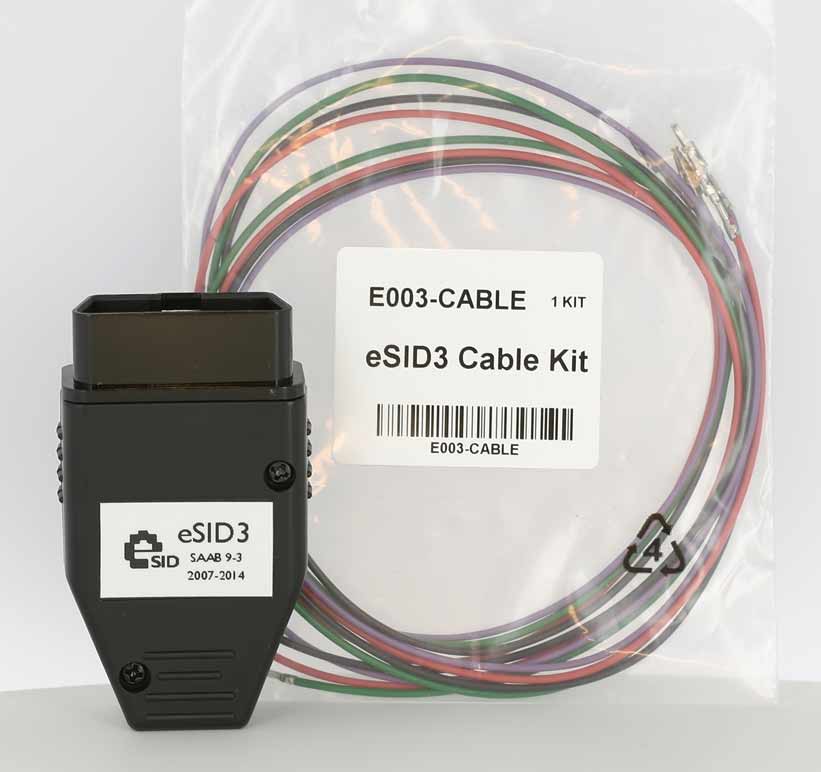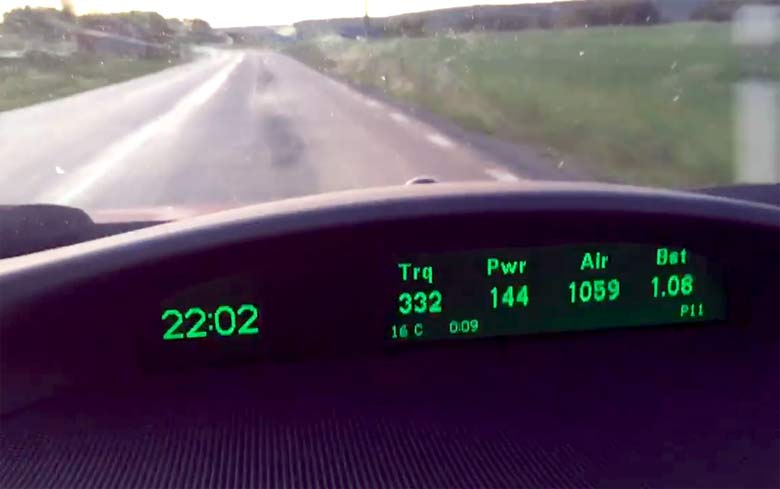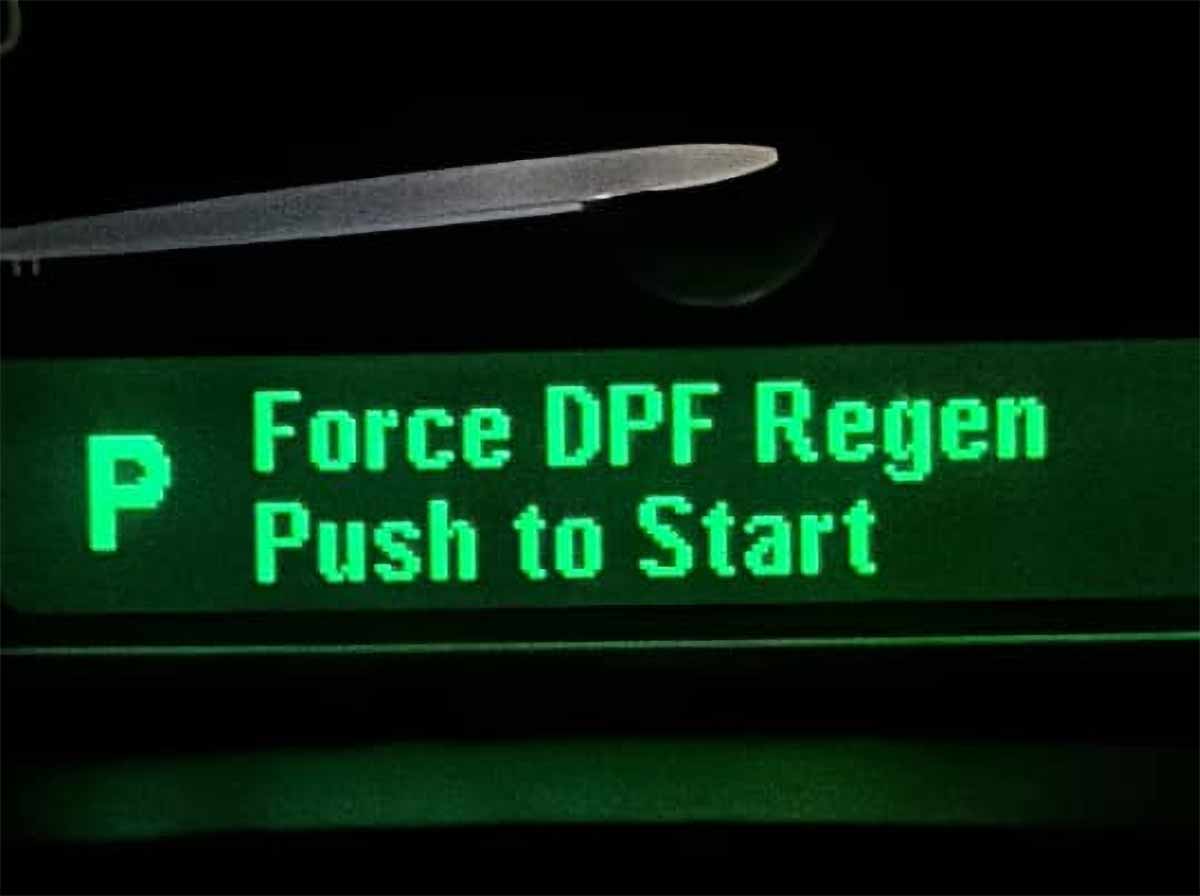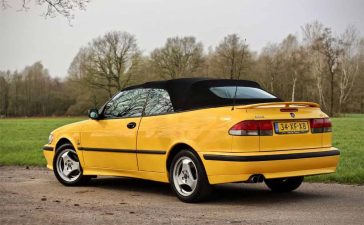Saab’s SID system upgrade eSID has been a popular modification among Saab enthusiasts for quite some time. The system, originally introduced in the Saab 9-3 and 9-5 models, allowed drivers to access information about their car’s performance and diagnostics in real-time. With the recent release of the eSID3 )(web price 154€), the system has received a significant upgrade that improves upon the previous generations in several ways.
One of the most notable improvements in the eSID3 is its compatibility with a wider range of Saab models. While the previous generations were limited to specific model years and versions of the Saab 9-3 and 9-5, the eSID3 is compatible with all Saab 9-3 models from MY2007-2014, making it a more accessible option for Saab enthusiasts.
eSID3
The eSID3 is here, and it’s better than ever. The eSID3 is the third generation of a small tool that enhances the Saab driving experience in your Saab NG9-3 MY07 and newer by collecting hidden car data and presenting it to the driver on the built-in SID (Saab Information Display) located in the instrument cluster.

One of the most significant improvements in the eSID3 is its support for software updates through the MaptunerX. This feature ensures that the eSID3 will remain up-to-date and compatible with new Saab models as they are released. Additionally, the eSID3 now supports multiple languages in one unit, including English, Swedish, German, and French, making it more accessible to Saab enthusiasts around the world.
eSID3 Features
The eSID3 also includes several new features and functions that were never launched by Saab. One of the most notable of these is the automatic hazard activation when panic braking with adjustable sensitivity. This feature provides an added level of safety to the vehicle by alerting other drivers on the road when sudden braking occurs. The eSID3 also includes the ability to force DPF regeneration, which can be a valuable tool for drivers looking to maintain the performance of their vehicle’s diesel particulate filter.
Another exciting new feature in the eSID3 is the XWD Torque Split, which shows how much power is transferred to the rear wheels. This feature is particularly useful for Saab drivers who enjoy pushing their vehicles to their limits and want to understand how their power is distributed. The eSID3 also includes an extra light relay control, which allows drivers to control the extra relay in the engine compartment, for instance, when the vehicle speed is above a threshold.

In addition to these new features, the eSID3 also includes improvements to the existing eSID2 functions. For example, the eSID3 now includes the ability to read and clear all diagnostic trouble codes in the entire vehicle, not just the OBD system. This can be a valuable tool for Saab drivers looking to troubleshoot issues with their vehicle and avoid costly trips to the mechanic.
Other improvements to the eSID3 include the ability to adjust folding mirrors with a “short or long press” on the lock, adjustable running time for the auxiliary heater, adjustable time for “unlock light,” and a feature for the adjustment of the system clock setting for aftermarket radio units. The eSID3 also includes display icons in every view, such as the rain sensor, diesel regeneration active, and cold weather indication.
The eSID3 is a significant upgrade over its predecessors and includes a wide range of new features and improvements. Whether you’re a seasoned Saab enthusiast or just looking to add some advanced technology to your ride, the eSID3 is definitely worth considering.
With its improved compatibility, user-friendly interface, and diagnostic capabilities, the eSID3 is an excellent tool for Saab drivers looking to gain a deeper understanding of their vehicle’s performance. However, as with any modification to your vehicle, it’s essential to do your research and consult with a professional before making any changes.












Does this feature work only when car is stationary?
I’d like to be able to choose when to regenerate while I’m driving.
I have an eSid 2 and use it to monitor my dpf and I take the car a run when dpf is above 80% but sometimes I have to drive for miles until it devices to perform a regen. I understand the car must be up to temperature etc before it will regenerate but in these situations I know better than the car where I’m going and the roads I will be on. It can decide to start regeneration when I’m approaching a roundabout or when it’s not the best place to regenerate.